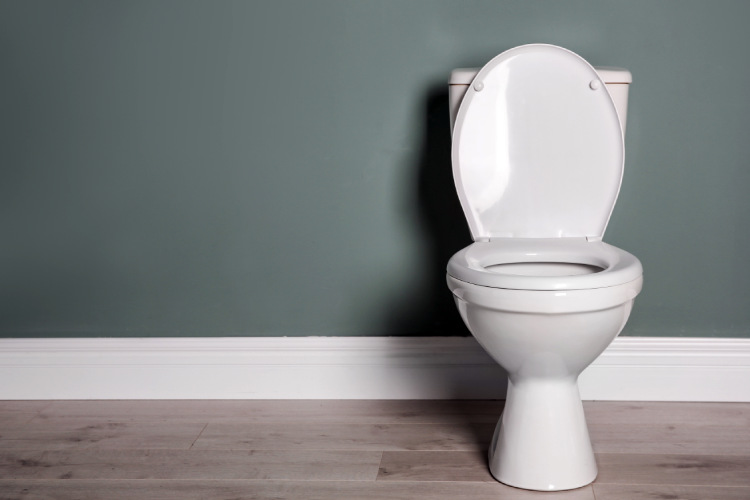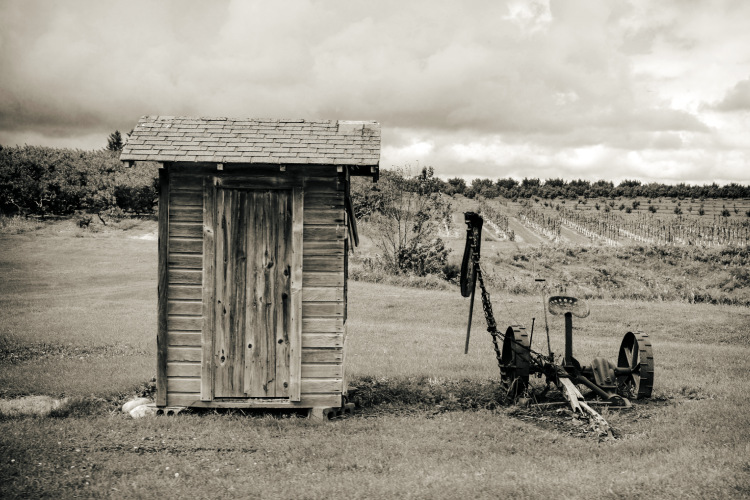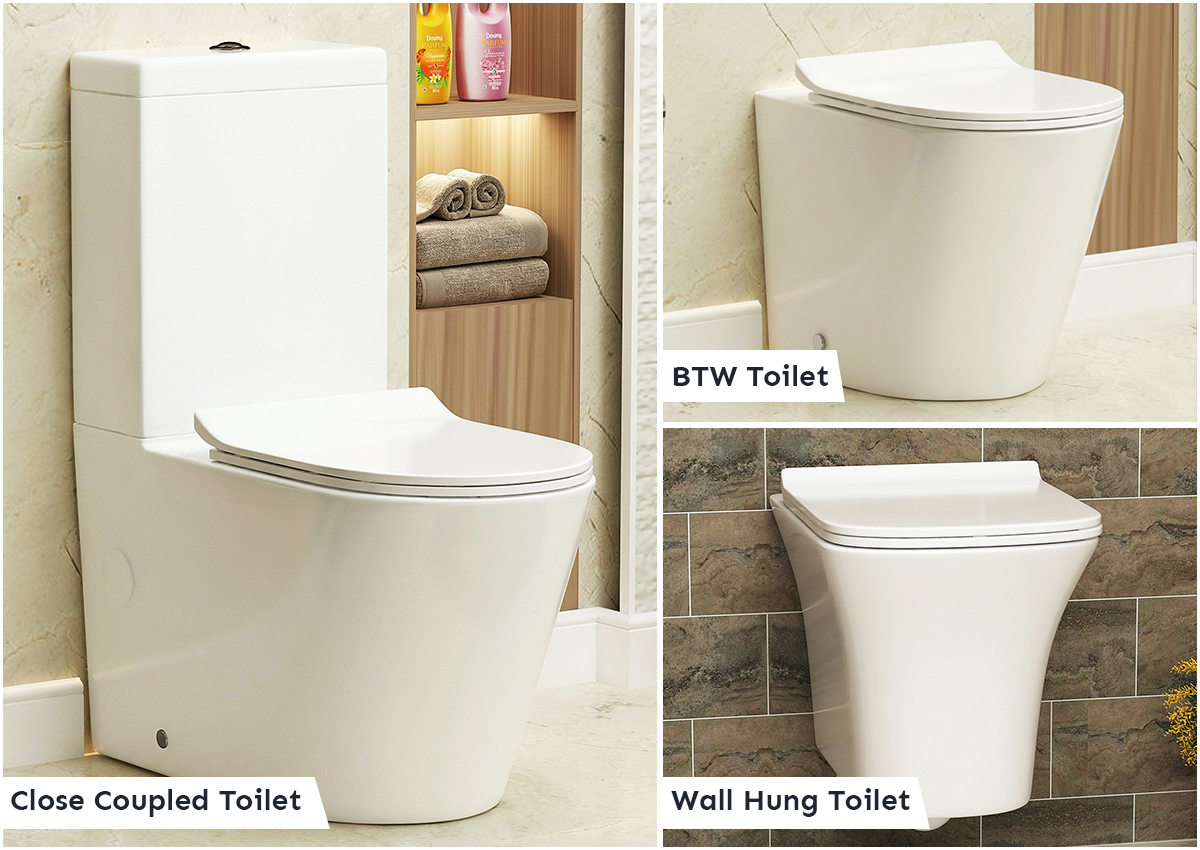Toilets are probably the most important and used amenity in every bathroom.
These are not only a highly functional part of the bathroom but also play an important role in overall looks. But have you ever thought how these toilets were in the past?
There are thousands of years of history behind what we see as a modern toilet that is perfect in functionality and aesthetics.

Experts believe toilets were in use in some form 5000 years ago in the Indus civilization as some form of organized drainage system was found there.
However, most developments took place after the invention of the flush system. However, it is unclear who invented the flush system first.
But an interesting point to note is that in the UK, Sir John Harrington, godson of Elizabeth I of the UK, first made a water tank that was connected to a toilet for such a purpose.
He made one for himself and gifted one to Mother Elizabeth I.
Sadly, the invention did not get noticed for about 200 years.
In this article, we are going to explain how flush toilets developed over time.
First Flushing Toilet (1596)
Up until the late 16th century, people were using chamber pots that empty into the streets below.
Sir John Harrington’s flushable toilet, known as “The Ajax,” was designed for Queen Elizabeth I and used a method of flushing waste with water that is still in use today.
Though the Ajax was not widely adopted in the UK, it did pave the way for future inventors to create a more efficient flush system.
In 1775, Alexander Cummings patented a design that included a U-shaped trap to keep sewage from backing up into the bowl.
This design is still in use today and has been credited with helping to prevent the spread of disease.
The flush toilet has come a long way since its humble beginnings, and it continues to play an essential role in keeping our homes and communities clean and healthy.
S-Trap (By Alexander Cummings)
In 1775, Alexander Cummings in the UK designed an S-trap, which is still used today.
The S-trap is a small fixture that traps and prevents the backflow of water in a drainpipe. It consists of a U-shaped bend with a horizontal bar and a vertical bar.
It works by creating a seal between the bend and the horizontal bar. That creates a siphon, which draws water down into the trap. The vertical bar in it prevents the backflow of water.

Vacuum Flush Toilet (by Thomas Crapper)
The flush toilet was created by Thomas Crapper in the late 1800s. Prior to this invention, people were using outhouses and cesspits.
This toilet used a siphon with a vacuum, which caused a jet of water to be emitted from the toilet.
He then replaced the siphon with a valve, which caused water to flow into the toilet bowl through a pipe, which allowed for the flush toilet to be more efficient.
His invention was called the “Siphon” and was a major advancement in sanitation.
This invention was so revolutionary that it is still in use today.
Toilets Have Come a Long Way Since Then, With New Features and Designs Being Development All the Time
Toiles have come a long way since then in Britain. Many features have been added to it over time. In the early 1900s, toilets were just a hole in the ground with a bucket or a barrel next to it.
In the 1930s, toilets were still just holes in the ground and were not very sanitary. Then, in the 1950s, toilets were first introduced in public restrooms and homes.
The design was still a hole in the ground but now had a tank underneath for the collection of water from a tank outside. In the 1960s, toilets became more like sinks with water and flushable waste.
In the 1970s, toilets became more like sinks with water and a flushable toilet bowl.
That is what was a big change in the way toilets look and work. And even the toilets today work in a similar mechanism to the flushing system.
What Toilets Are Right for You?
There has been a lot of innovation in toilets over time, with new features and designs upgraded all the time.
These days, a toilet is a lot more than just a place to pee and poop. There are options that can heat your seat, flush with water, or even clean themselves.
There are types that fit in a small space and others that take up a lot of space.
You will also find varieties, including the dual flush toilet, which uses a low flush for liquid waste and a high flush for solid waste.
It also comes with motion sensors that make it automatically flush after a certain amount of time has passed.
But what’s right for you? The first step is figuring out your budget. You can spend between £100 and £1,000 in the UK.
It all depends on what you need. If you have a small bathroom and want something that will fit in with the room, try looking for one that is less than 30 inches wide.
There are the following types of toilets available in the market.

Close Coupled Toilets
The inevitably most common type of toilet has a cistern located exactly behind the toilet bowl, making it look closely coupled.
A wise choice for the short projection toilet, the closed couple design offers easier installation maintenance and comes at an economical price.
You can choose this type of toilet with various modern features like dual flush cistern, short projection, rimless toilet bowl etc.
Back to Wall Toilets
The back-to-wall toilets (or simply BTW toilets) are also floor-standing toilets with their cistern either fitted inside the supportive wall or WC furniture unit.
You usually purchase a toilet bowl and cistern separately and fit them as per your requirements.
The concealed cistern makes it aesthetically pleasing as well as a space saver. If you’re seeking toilets for sale having concealed cistern, Royal Bathrooms could be an ideal place to visit since they offer various alluring toilet designs.
Wall-Hung Toilets
If you are on the lookout for something that can help you create a luxurious ambience, then a wall-hung toilet may be a perfect option for you.
These toilets fit on the wall, making them the ultimate space saver, which can be a suitable choice for small bathrooms.
Additionally, these can make your small space look bigger and more spacious.
Conclusion
Over time, toilets have transformed into multifunctional fixtures offering features and designs to cater to diverse needs and budgets.
We can only imagine what the future holds for this essential bathroom amenity as we continue to innovate and adapt.
So, the next time you sit down on your modern throne, take a moment to appreciate the centuries of innovation that have brought us to this point – from chamber pots to high-tech toilets; it’s been quite a journey.




